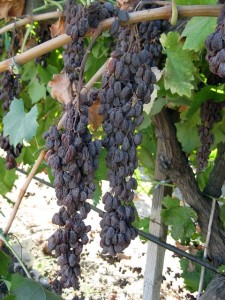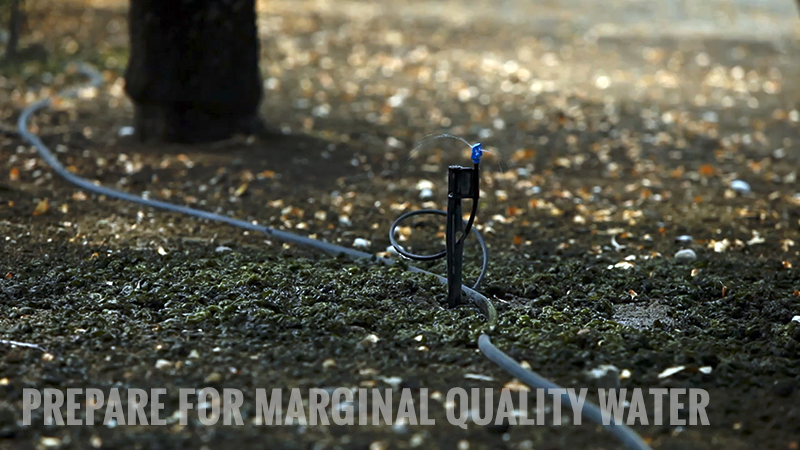First Raisin Grape That Dries Naturally On Vine Developed

Sunpreme is the first raisin grape that dries naturally on the vine.
A breakthrough in raisin grape development could mean reduced labor for growers.
Agricultural Research Service (ARS) scientists in California have developed a new raisin grape that dries naturally on the vine, making it unnecessary for growers to cut into the woody canes connecting the grapes to the mother vine weeks before harvest.
For mechanically harvested raisin grapes like Thompson Seedless, growers have to cut the canes each summer, about two weeks before harvest, when the fruit sugar in the grapes has reached a desired level, explains Craig Ledbetter, a geneticist with the ARS Crop Diseases, Pests and Genetics Research unit in Parlier, CA. This cutting helps dry out the grape. The wilted grapes are then shaken off the cut canes mechanically and laid on a continuous paper tray arranged in rows on the ground between the vines.
The wilted grapes continue to dry on the ground and turn into raisins, which are then mechanically collected. Other mechanically harvested raisin grapes dry out on cut canes, instead of on the ground, and are then shaken off so that they fall into bins as raisins.
The new variety, Sunpreme, was bred by retired ARS horticulturalist David Ramming and his colleagues to produce grapes on strong woody canes that begin to wilt naturally in mid-July in the San Joaquin Valley.
The vines yield about 4 tons of raisins per acre, comparable to the yields of other raisin grapes, and they produce high-quality, medium-sized, green, seedless berries. Sunpreme raisins are slightly larger and fruitier in flavor than the classic Thompson Seedless, according to Ledbetter. “The raisin quality is exceptional in Sunpreme,” he adds.
Sunpreme was not bred to be powdery mildew-resistant, Ledbetter notes, and he does have some concern about shatter, as well. “As the raisins dry down, some of them will fall to the ground and be lost from the harvest,” he says. However, the percentage of raisins lost to shatter won’t be known until the variety is grown on a larger scale.
Currently, ARS is wrapping up the licensing application process and should know by late April which nurseries will be licensed to propagate Sunpreme. Ledbetter says the variety should hopefully be available to growers for the 2016 growing season.
Source: American Society for Horticultural Science










